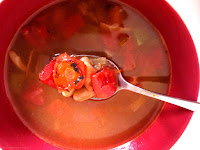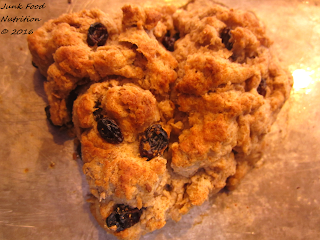Book Review: "365 Snacks For Every Day of the Year"

I was happy to see a package at my doorstep. It’s the little surprises at the end of a long day that count, right? I opened it up to find a copy of Sarah Koszyk’s new book, 365 Snacks For Every Day of the Year. Sarah is a Registered Dietitian Nutritionist and blogger at Family.Food.Fiesta . You can also find her on Twitter , Facebook , and Instagram . Disclaimer: I received a free copy of the book to review. I was not paid for the review nor was I told what to say. The opinions expressed here are my own... Sarah starts with a little introduction. She snacks, just like the rest of us, and sometimes those snacks come from convenience stores. She also provides a little bit of information about why we need to snack. She keeps it easy to understand, which is great because not everyone has taken anatomy or biochemistry. Sarah wrote this book to help others determine the healthier snack options available at stores. It is not so much a cookbook as it is a list of sn...





